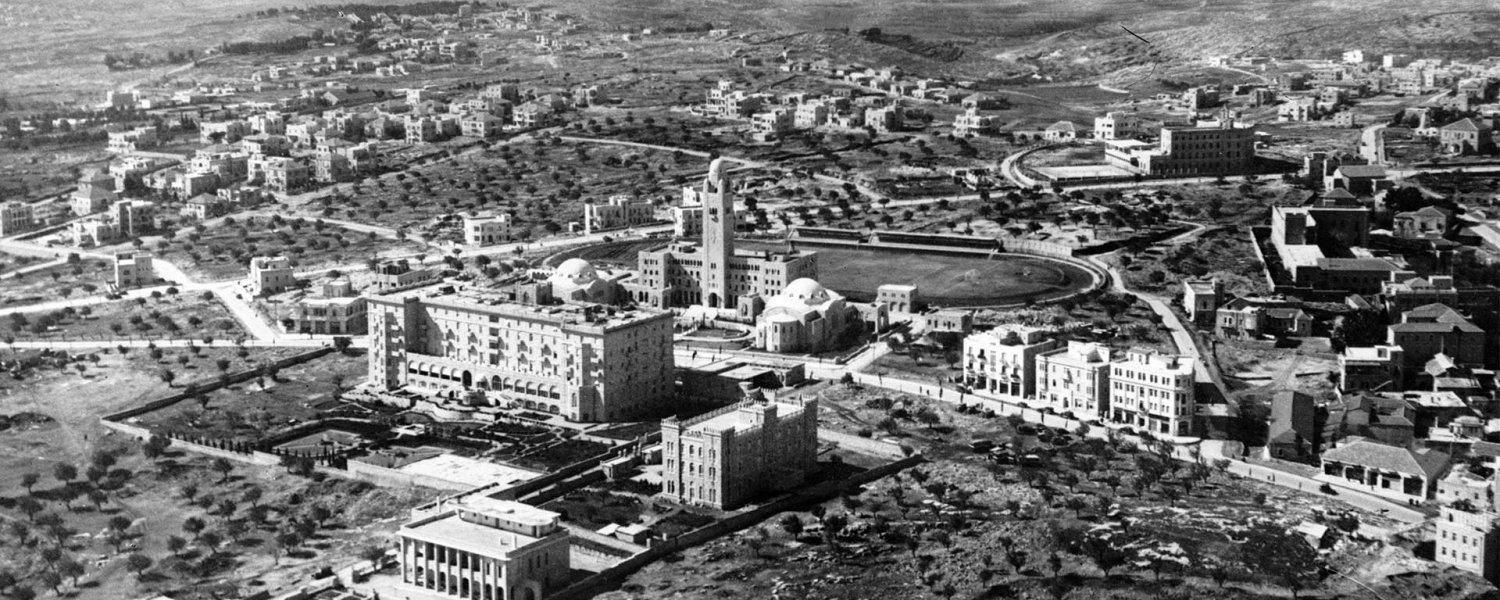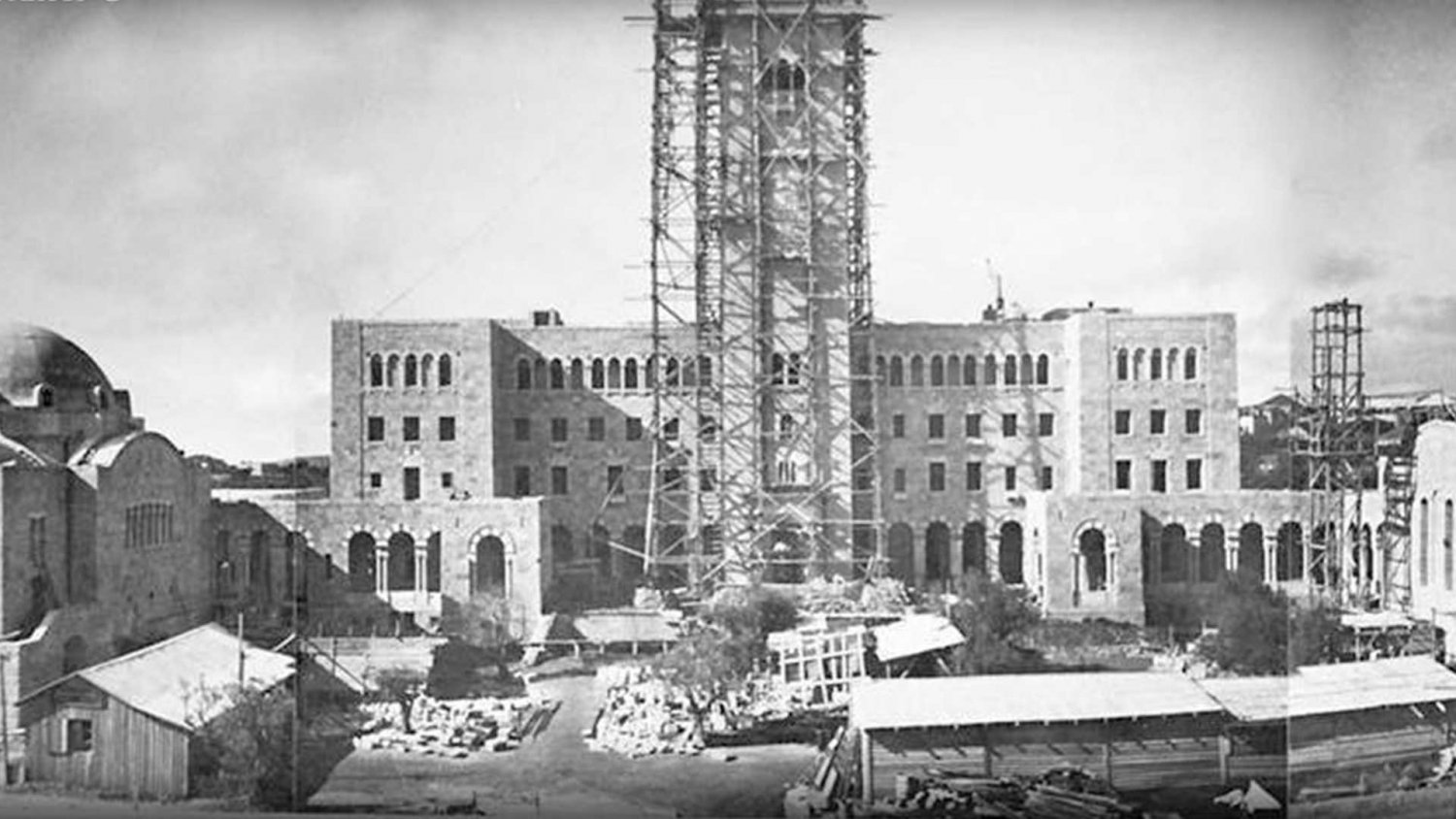The Young Man’s Christian Association (YMCA) was about 30 years old and had become a global movement with a Central International Committee when Palestinian Jerusalemite Bishara Canaan brought the idea to Jerusalem in 1878; he had learned about it during his student days in London and thought Jerusalem needed exactly such a facility. It was a prophetic intuition from the man who would go on to become the first Arab pastor of the Lutheran Church and whose family would be intimately associated with the YMCA's functioning. (He served as president for three terms; his son Tawfiq would serve his first term as president in 1913–14 and later be appointed president for life.)
In 1878, the first YMCA in Jerusalem opened its doors in a storefront room on Ma’man Allah (Mamilla) Road in the New City just outside Jaffa Gate. It eventually outgrew that space and moved to premises on Jaffa Road.






































